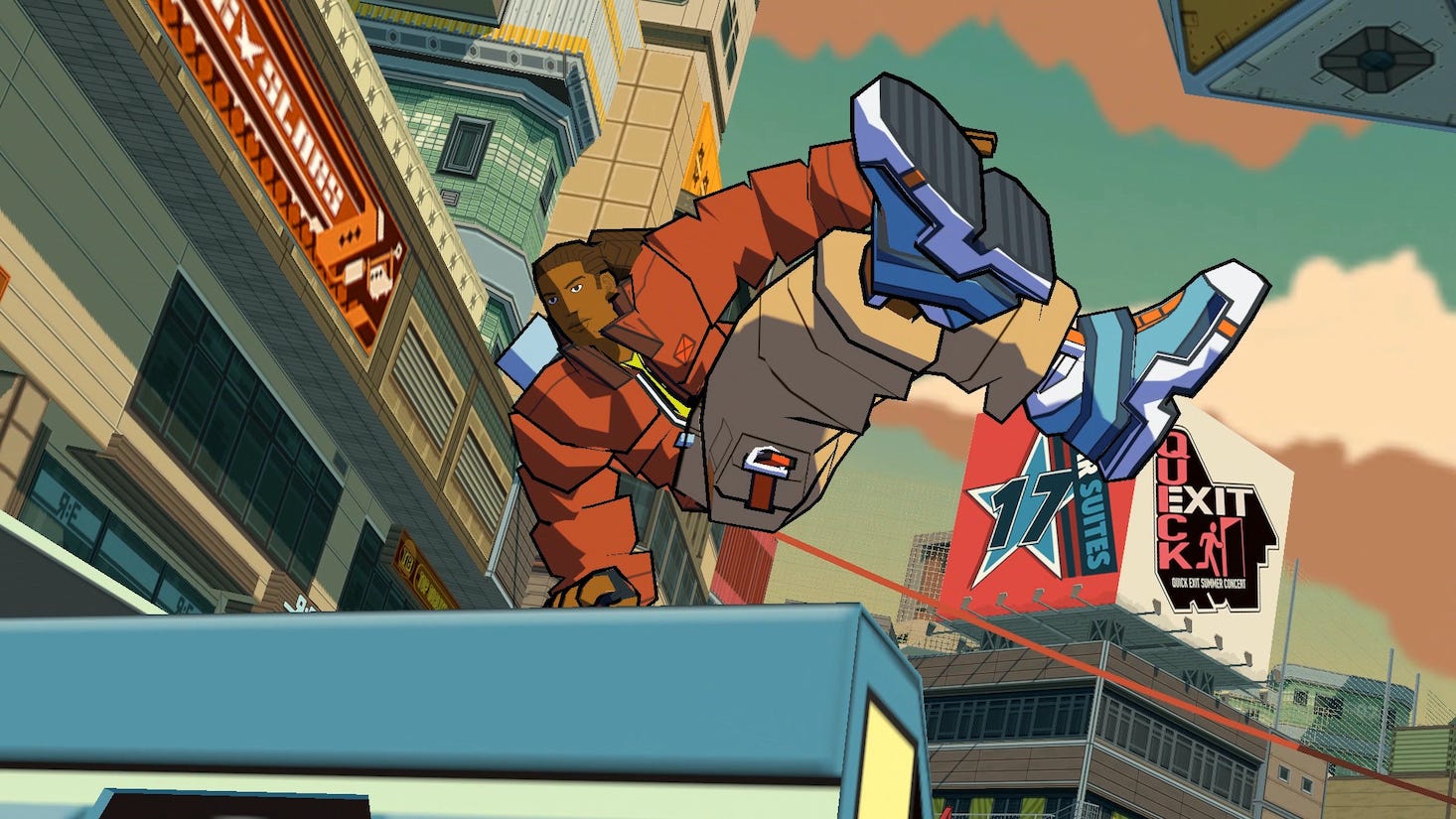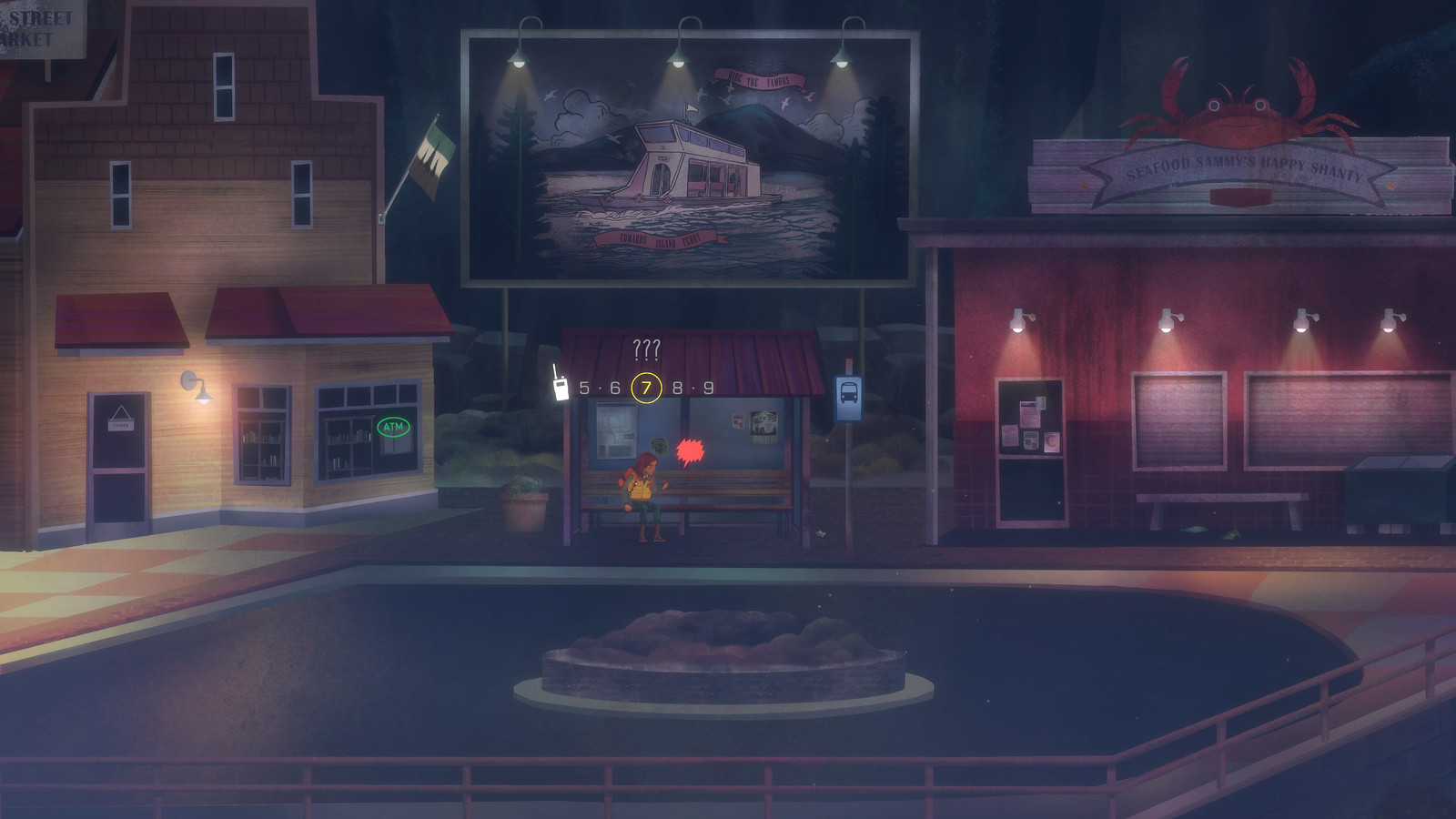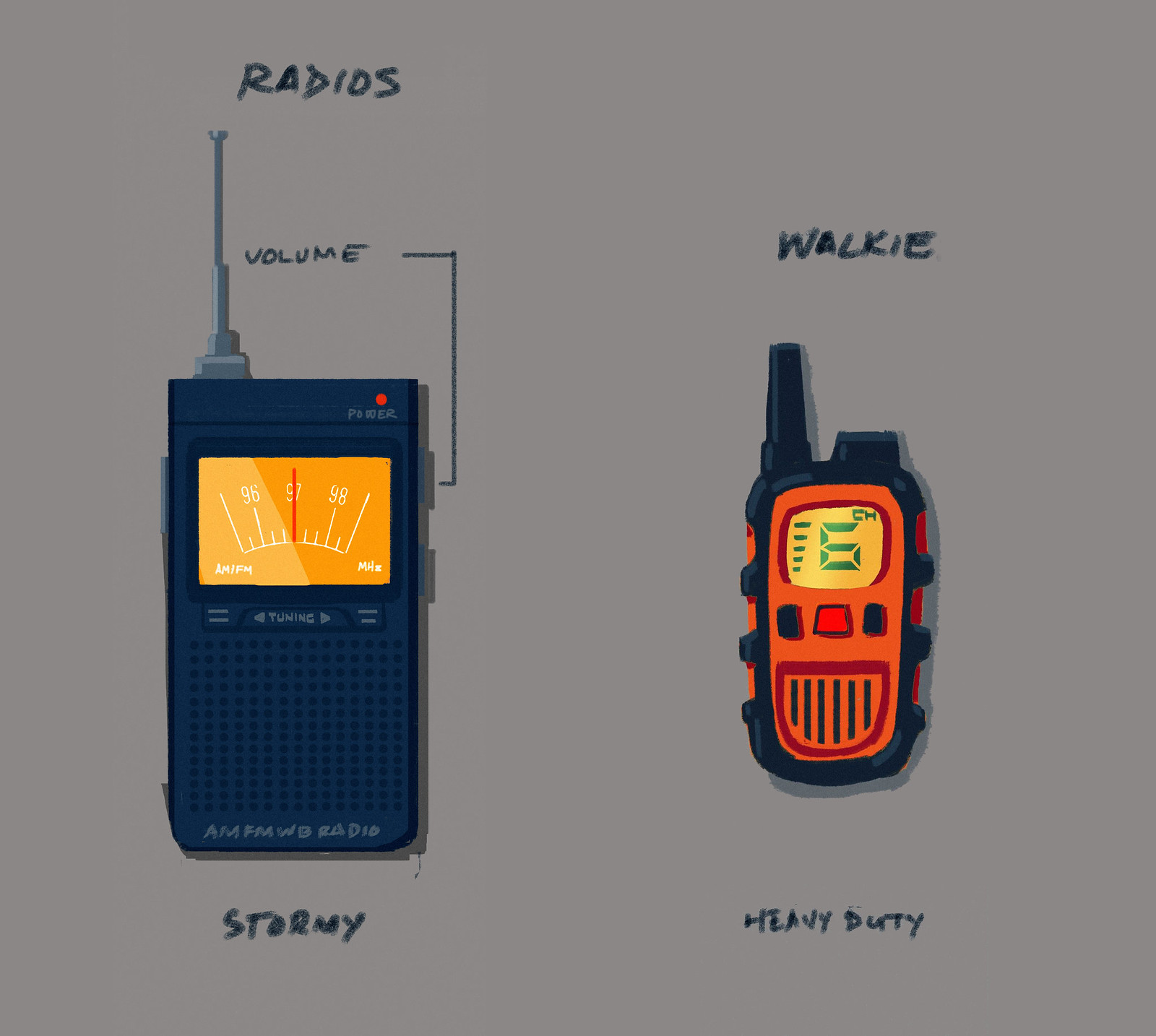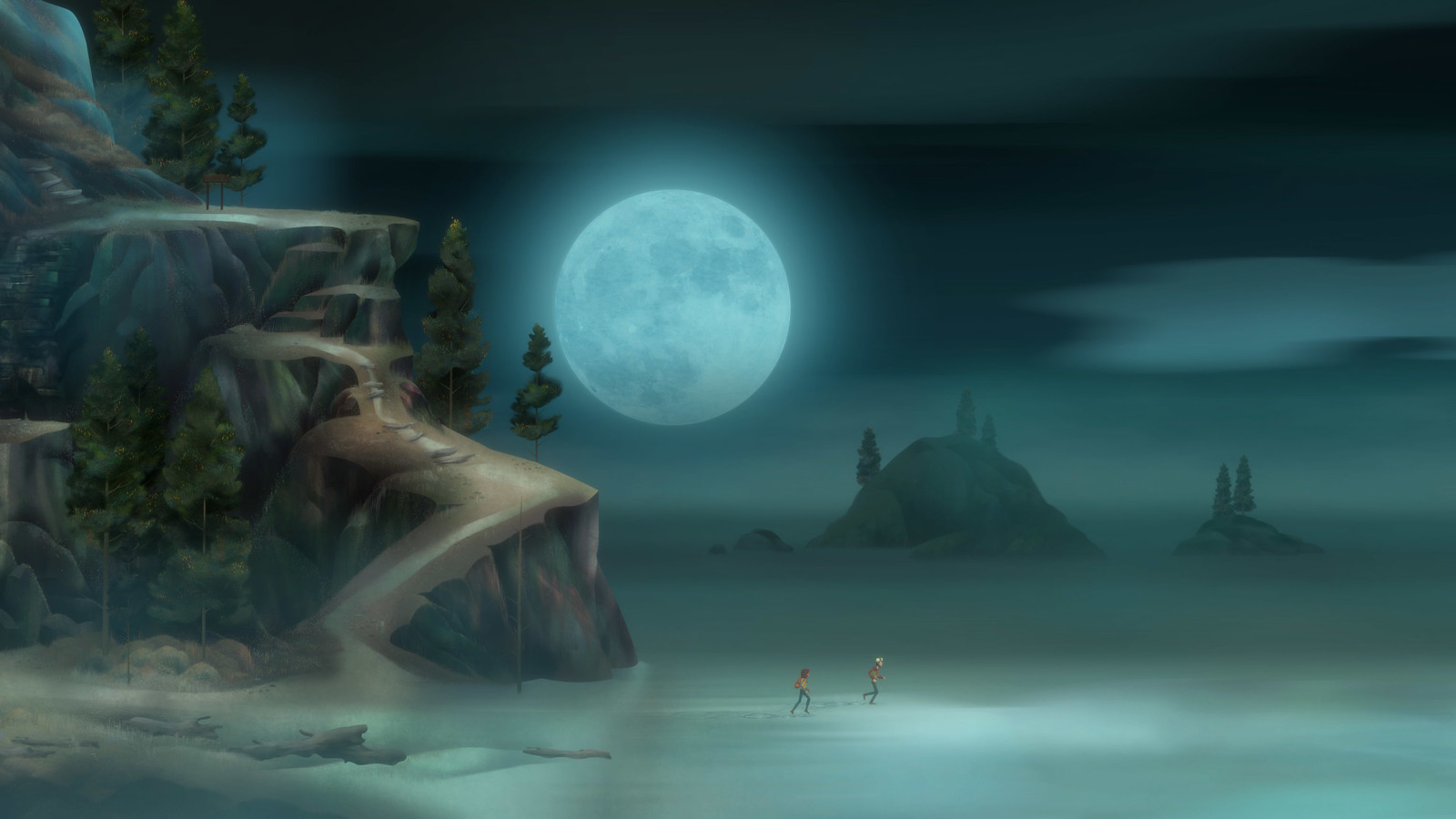Magic is everywhere if you know where to look, and you need look no further than Digital Sun’s The Mageseeker. It’s a worthy addition to the growing list of League of Legends spinoffs, this time a pixel-art action RPG puts you in the role of Sylas The Unshackled as he escapes from prison to seek his revenge against those that locked him away since his childhood. It’s faithful to the lore of League of Legends and expands on it in exciting new ways, showing us even more of the spell-stealing rebel. I came away from my time with The Mageseeker enjoying the journey but wishing it had taken a few different paths along the way.
Following in the footsteps of other League of Legends spinoffs like Ruined King and Hextech Mayhem, The Mageseeker brings another batch of characters from their 160+ champion roster to life in a new way. Sylas is depicted in a bigger way than ever before as he helps to lead a rebellion against the tyrannical kingdom of Demacia, where mages are hunted. The story has some nuance and even lightly parallels moments of real-world history where a group of people has been persecuted for being different.
It took around 18 hours to not only finish The Mageseeker on the hard difficulty, but also complete everything necessary for the platinum trophy on PlayStation 5. This included all the sidequests, replaying a handful of missions to gather any collectibles I missed on my first playthrough, and a handful of restarts against a few bosses who gave me a bit of trouble.
You only ever play as Sylas, but The Mageseeker brings along a few other fan-favorite characters like Morgana, Garen, Lux, Jarvan IV, Shyvana, and a few surprises that I won’t spoil along for the ride. I had a lot of fun seeing how Digital Sun envisioned just how powerful these champions could be when not constrained by the need to be balanced in a competitive landscape. Morgana’s Dark Bindings last longer, Lux’s lasers are larger than life, and Shyvana gets to show her true scale when transforming into her dragon form. There are also plenty of Easter eggs and other fun nods throughout the story that are sure to please fans of League of Legends.
I had a lot of fun seeing just how powerful these champions could be.In addition to those familiar faces, Sylas is joined by some entertaining original characters who take on different supporting roles throughout the story of vengeance, growth, and rebellion. There are a few standouts, such as Leilani, who forms a strong bond with Sylas early on and serves as the guiding light of the rebellion while Sylas does what must be done on their journey in the hope of freeing themselves from the persecution of the Mageseekers who are out to imprison or eliminate them.
The Mageseeker begins with a literal bang as Sylas borrows the magic of a young Lux to make his escape from his Demacian prison and upcoming execution. Though the first mission seems momentous, it hits a bit of a slowdown early on as Sylas comes into the role of rebel leader. The Mageseeker absolutely nails the feeling of playing Sylas: the way you can repeatedly dash, use your chains to pull yourself to enemies or around the environment, and all the spells you can borrow and use for your own purposes. Anyone who has played a match of League of Legends as Sylas will be right at home when in combat, though the mechanics are intuitive enough that even those who haven’t should be able to pick it up just as easily.
As Sylas, you have the ability to sense and borrow the magical abilities of others and use them against anyone who stands in your way. Including powerful ultimate abilities I gained access to 30 different spells most of which fell into six different elemental trees, nearly all of which played a useful role in various moments as I progressed. Early spells included elemental projectiles to counter enemies with opposing affinities, while the later spells granted large area-of-effect versions or spells for healing, shielding, or imbuing my melee strikes with elemental buffs. Spells stolen from enemies are single-use, but as you progress you gain the ability to craft spells you’ve borrowed and can cast them as you see fit, as long as you have the mana to do so.
The ability to swap out your spells gives even more flexibility.Combat starts out simple, but in the later levels, when facing larger groups of enemies and their numerous projectiles, I found that if I wasn’t staying mobile and dashing or pulling myself to enemies I’d lose large chunks of health. While I primarily focused on using spells that either recovered my health or granted me a shield, that was more about my playstyle than out of necessity: there are plenty of options, and the ability to swap out your spells at any of the generous checkpoints placed throughout the stages gives even more flexibility.
In addition to standard spells, Sylas will also gain access to powerful ultimate abilities that, for the most part, enable him to deal massive amounts of damage but also temporarily boost his power. Using Lux’s ultimate, Final Spark, to fire a large concentrated beam of light to disintegrate large groups of enemies is almost as enjoyable as securing multiple kills with the same ability in regular League of Legends matches.
The Mageseeker absolutely nails the feeling of playing Sylas.There is plenty of enemy diversity, and they range from elemental mages employed by the Mageseekers that cast spells to hurl shards of ice, heal other enemies, or create cyclones of damaging wind. As well as creature based enemies ranging from fiery frogs named lava gromps that fans of League will recognize who can create fields of fire, as well as other larger beasts that summon homing beams of lightning, like the gorilla-lizard hybrid Thunderbeasts. Levels continually mixed up the arrangements of enemies, adding a nice level of depth that kept me on my toes when it came to deciding which enemies to prioritize.
Most stages are very straightforward and follow a similar pattern of simple platforming using Sylas’ chains or dashes to cross short gaps, a few enemy encounters that need to be cleared before a door or gate unlocks, and a boss that typically incorporates the elements from the rest of the level. I would have liked to have seen some additional elements in the levels, such as light puzzles or optional platforming challenges to make me earn the rewards placed throughout the map, rather than just being given them as a reward for exploring. There are numerous unlit braziers and other objects in the background that could have been used for triggering something magical like a hidden passage or revealing a chest, but I was always disappointed that casting fire spells on them didn’t do anything. It’s a missed opportunity to encourage replayability and creative use of spells.
The bosses, though, are one of the biggest highlights in Mageseeker. While I could get away with whatever spell loadout I wanted in some battles thanks to Sylas’s excellent mobility, others benefited greatly from swapping out my equipped spells to give me an elemental advantage or boost my survivability with heal or shield spells. On the hard difficulty level, many of the earlier bosses would wipe me out in four to six, hits depending on the attack. It became a bit more forgiving once I’d picked up some health and defense upgrades towards the middle of the campaign, only for the steep challenge to return in the final hours of the campaign with an increased volume of more powerful enemies; thankfully this is balanced by the addition of more ways to heal or mitigate damage. This created a new dynamic of requiring me to decide on how best to use my mana, either recovering my health or dishing out more damage with flashy spells
In addition to the main missions, there are two chains of sidequests. One had me assaulting Mageseeker bases using uniquely empowered versions of my spells, giving these levels almost a roguelike feel that offered some of the most fun in the entire campaign, despite how the side missions reuse the same bosses. The other chain of missions is a series of basic arenas that end with some of the more exciting bosses that fans of League of Legends will want to see. Levels are also filled with various collectibles, such as the adorable silverwings, mages to recruit, and notes dropped by characters that help offer more background information on the state of the world or their lives.
The musical score is filled with fast tempos to match the often chaotic battles, paired with relaxing rhythms during your time in base between levels. Each location has its own style, with the music evolving as you progress further, and culminates into an exhilarating melody during the boss battles. The Mageseeker remains faithful to its source material by using various voice lines and sound effects from League of Legends as characters cast their abilities, and while there is limited voice acting, overall it’s still entertaining to hear familiar elements outside of their normal environment.
I did run into a few bugs during my playthrough: I had enemies and bosses become unkillable, lost the ability to use my chains to grapple or borrow abilities, and one peculiar one where a falling rock followed me wherever I went, including the main menu. It was nothing a quit-and-reload or reboot couldn’t fix, but they did pop up enough times to warrant mentioning.








